Museum Marketing to Attract Chinese Tourists: Advertising & Communication Guide
Chinese tourists are returning and it’s time to adapt to the new wave of more sophisticated and digitally oriented visitors. Apart from holiday resorts and natural attractions, Chinese people will also go to museums and it’s predicted that more and more people will be interested in such entertainment.
In the past museums were treated as something rather boring, reserved for ‘history geeks’ or an activity for a rainy day. But nowadays museums are not what they used to be, adapting to the needs of young consumers. Now we have time-limited exhibitions, immersive experiences, performances, and interactive entertainment. Museums are becoming a must-have for many visitors of all ages.
As Chinese visitors get ready for their overseas travels, museums should also prepare for the return of Chinese tourists. In this article, we provide you with all the digital tools that you need to attract Chinese tourists to your museum.
Overview of the new Chinese travelers
When thinking about attracting Chinese tourists to any destination, museum, or local attraction, online travel agencies and local retailers need to bear in mind that their potential Chinese customers are different than a few years ago. In fact, in many ways, they resemble Western tourists, but they are more digital and they expect digitalization and immersive experiences while traveling.
A few years back Chinese tourists could be easily spotted anywhere, cause of that time many Chinese tourists, we can say that the majority of tourists from China even, preferred to travel in tour groups. It’s nothing surprising, as they knew they can count on a Chinese tour guide and the adaptation to their needs.

But Chinese Millennials and Gen Z are different. They are more global and they follow trends from abroad, blending Western aspects with Chinese culture. They are adventurous and independent. They prefer unique experiences rather than shopping and planned tours, they also chose to travel with a small group of family or friends rather than organized groups.
And the most important thing is that they are very connected and digitally oriented. While traveling, they will choose spots that they’ve seen on social media or that their favorite influencers visited. They will expect mobile payments everywhere they go, they are also very price-conscious.
So how to adapt to this new type of Chinese outbound tourism? Let’s take a look.
Museum Marketing for Chinese Tourists
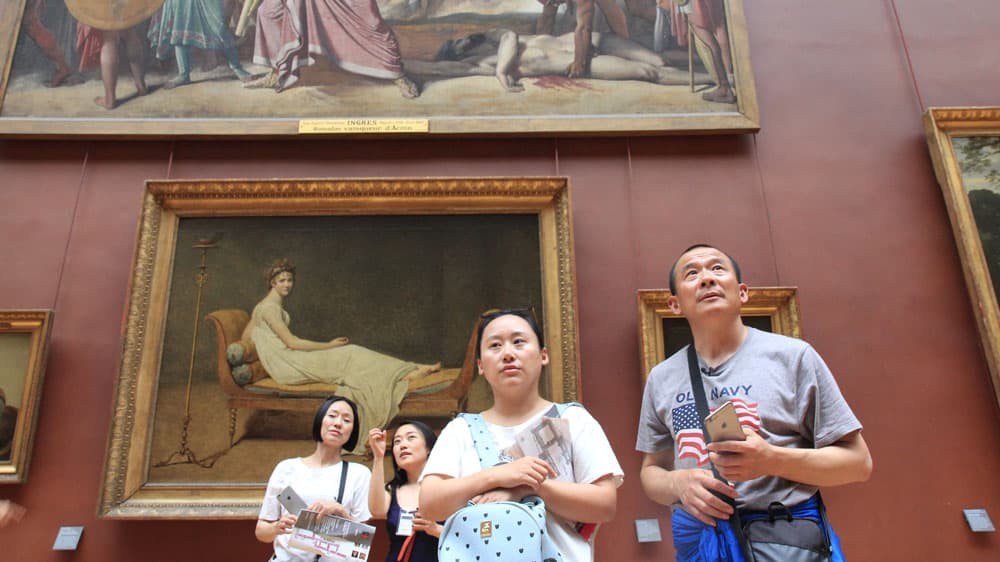
The number of Chinese tourists who like to visit museums is growing fast, with an average growth rate of around 55% in the last few years. For the official press agency of China, museums have ranked as the eighth most popular leisure place after parks in China.
For Chinese tourists, visiting museums abroad has also become their favorite activity, and the sales of museum tickets are constantly growing on online marketplaces and tourism websites like Ctrip.
The US is especially favored by Chinese tourists interested in museum hopping, which is no surprise, as there are some of the world’s best museums like MOMA, the MET, or the Museum of Nature and Science. Chinese people are naturally very curious about history and they put great importance on knowing it, with history tv series being one of the most popular genres in Chinese television.
GMA Museum Marketing strategy is about understanding the needs of your customers. Chinese tourists are very curious about the place they are visiting and desire to understand its history and culture. All Museums have different stories that could interest visitors through their collections. We focused our expertise on the essence offer of the permanent collections in our marketing aimed at tourists.
Museums advertising & communication guide for Chinese tourists
The tourist middle class represents more than half of all Chinese tourists. According to a report jointly released by China Tourism Academy and Ctrip in 2017, there is a big rising in Chinese museum tourists among overseas Chinese tourists, due to increased wealth and interest in culture. Nowadays there are simply more Chinese tourists who can afford international travel.
Mobile devices, especially smartphones, have become an integral part of Chinese lives. According to China Internet Network Information Center, nearly 31% of social media users belong to the middle class. As for the usages of social media, the top three are interacting with friends (72%), news (64.3%), and engaging with and consuming other content of interest (59%).
Museums should provide a unique experience in order to engage more Chinese visitors with exhibitions through a different variety of technology such as VR, AR, and other digital techniques.
Those technologies will also provide them with the best way to assimilate the culture and understand what artists are trying to express. For Chinese middle-class families, interesting content and educational value are their big concerns when they visit a museum with their children.

What strategies are museums across the world using to attract Chinese visitors?
Chinese tourists are more and more looking for deeper and more culturally enriching experiences when traveling abroad, and the best to do so is by visiting museums. However, in order to attract Chinese tourists, museums need to understand the process of advertising and catering to Chinese visitors.
In the years before the pandemic, many major museums around the world such as The Museum of Modern Art (MoMA) of New York, the San Francisco Museum of Modern Art (SFMOMA), The Thyssen-Bornemisza Museum in Madrid, the Rijksmuseum and the Louvre Museum in Paris in Amsterdam have noticed a consequent increase in the number of Chinese visitors.
Let’s take the MoMA for example. According to one of the leading Chinese travel websites Mafengwo, for many years the Museum of Modern Art (MoMA) has been listed as one of New York’s most popular activities. In order to gain visibility among Chinese consumers the MoMA has put in the work and has official accounts on popular Chinese social media platforms: WeChat and Weibo. Their content usually broadcasts short videos giving insights and BTS content (Behind The Scene) and posts on ongoing and future exhibitions.

Apart from making the museum’s art collection easier to access and understand for Chinese visitors, international museums also need to consider complimentary amenities. The Thyssen-Bornemisza Museum located in Madrid offers its Chinese visitors the possibility to enjoy Chinese dishes at the museum’s cafeteria, of course, the menus provided are in Mandarin.
How can you attract Chinese tourists to visit your museum?
There are many ways to attract Chinese tourists to your museum but the best way is the blend of online and offline activities, with the use of Chinese social media marketing tactics.
Localize your website for Chinese tourism and focus on a good Baidu SEO strategy
When Chinese people are interested in something, they usually look for more information online and the first place they check is Baidu, the biggest search engine in China, which can be compared to Google. If you want to target Chinese consumers, the Chinese website is crucial at the planning stage, so you have to develop the web pages of the permanent collections in Chinese.
Then, it is essential to create a website in Chinese and host it in China, because most Chinese won’t be interested in an English version. If you want them to access relevant information such as the menu and the contact form, you have no choice but to translate your website. In addition, a translated website will be better referenced on Baidu.
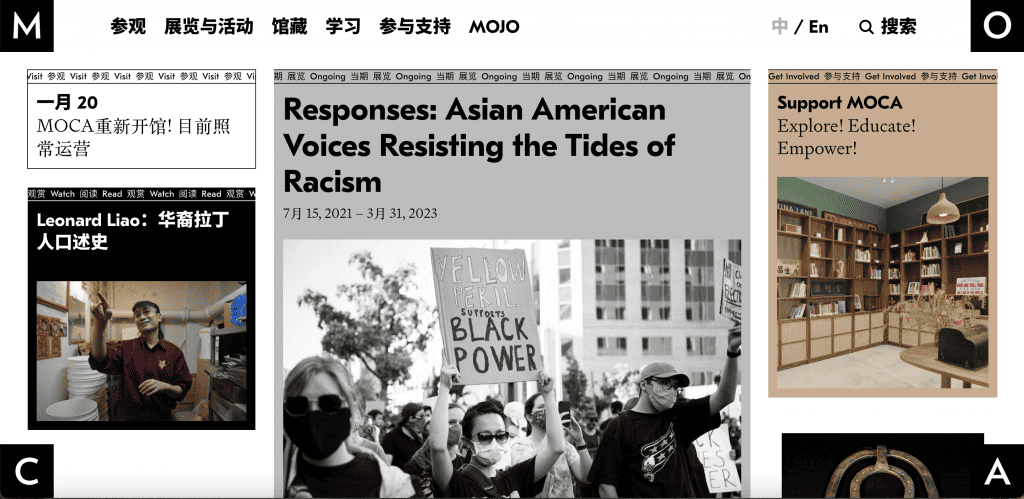
Baidu favors websites in Mandarin that are hosted in China, so in order to rank high, you need to work on your backlinks and keywords strategy for this search engine. Our agency specializes in SEO on Baidu and can help you to position yourself in the top search results.
Chinese people will expect your website to have all the important information about the opening hours, available exhibitions, ticket prices and options, social media accounts, and more.
E-reputation: what Chinese consumers say about you is ONLINE!
Reputation means everything to the Chinese customer. They don’t trust websites or brands’ slogans, the most important for them is your image, your reputation. Do you have a good image online? That’s the question.
The online reputation of your museum is very important because before going to your museum, the Chinese will usually read the reviews and comments of other users. If there are too many negative opinions against positive reviews, the Chinese Internet user will turn to another local attraction.
There are several ways to take care of your online reputation such as press relations. You can push journalists or bloggers to publish online articles about your museum, which will allow you to get a better reputation.
We can help you to build a strong and solid online reputation. We are worked with many international companies and have a great experience in the Chinese market. Our agency has more than 2000 online journalists in our address book and we select them in relation to your target audience. We are now also regular advertisers in hotel bedroom web browsers.
Another way to get a good reputation online is by participating in forums and online communities available in the Chinese market. You can participate in museum-related discussions on Zhihu, Baidu Tieba, Mafengwo, and more, you can also start conversations about your museum and so on. It will also help to boost your Baidu SEO score.
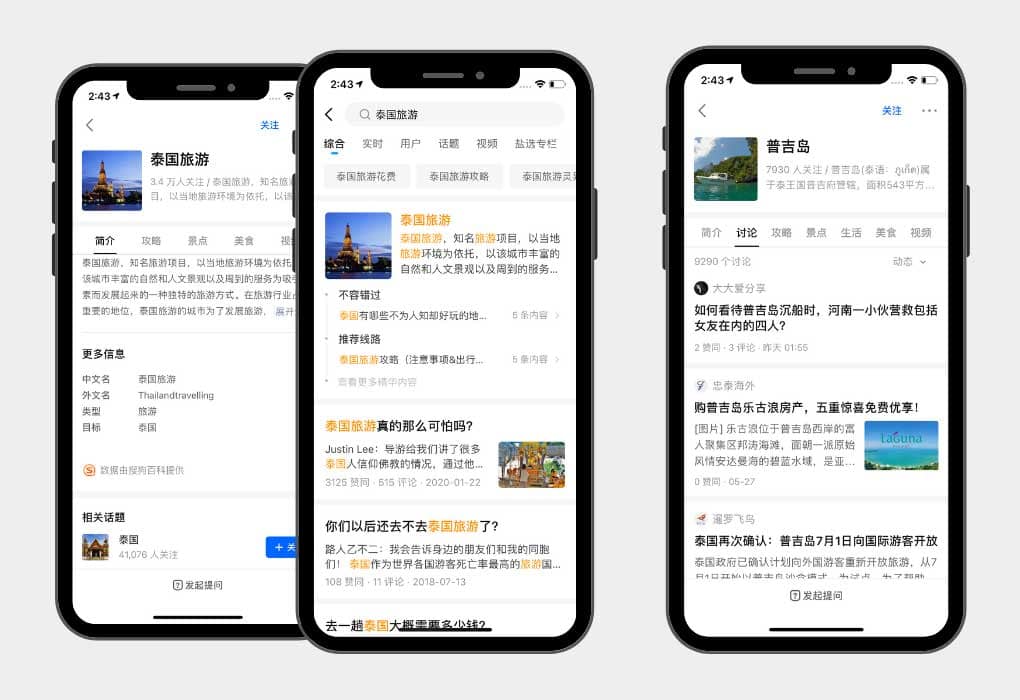
Social media are a must-have for any museum
Another important step to developing good branding and reputation strategy for your museum to attract Chinese travellers is by setting up official accounts on Chinese social media platforms and travel websites. This is where young Chinese travelers will take their inspiration from.
The most popular social media super-app in China is WeChat, with more than 1.26 billion monthly active users. In fact, any business that is not available on this social media platform isn’t considered trustworthy by Chinese people.
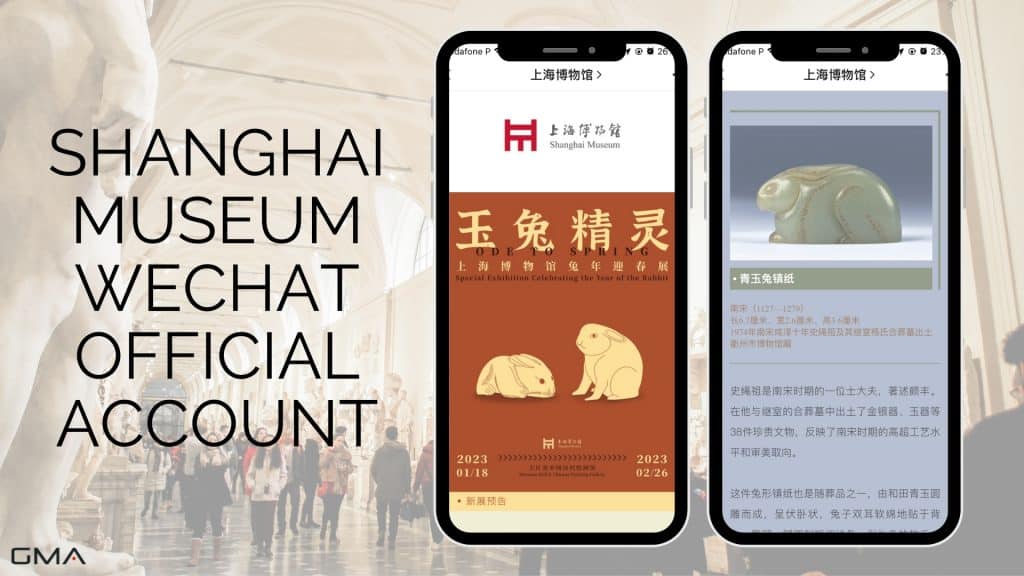
WeChat is where all the companies communicate about all the news and announcements. A WeChat Official Account is the place where your museum will announce all new exhibitions and events, show behind the scenes, educate about artists and museum-related topics, and more. This is also the place where Chinese people will check the opening hours and all necessary information. There is also a possibility of launching a WeChat mini-program, which we will cover below.
Another important social media platform for museum marketing is Weibo. Weibo helps companies reach a wider audience, as it’s the most popular micro-blogging site in China, with users from all age groups. There you can collaborate with travel influencers and organize live-streaming promoting your museum and more.
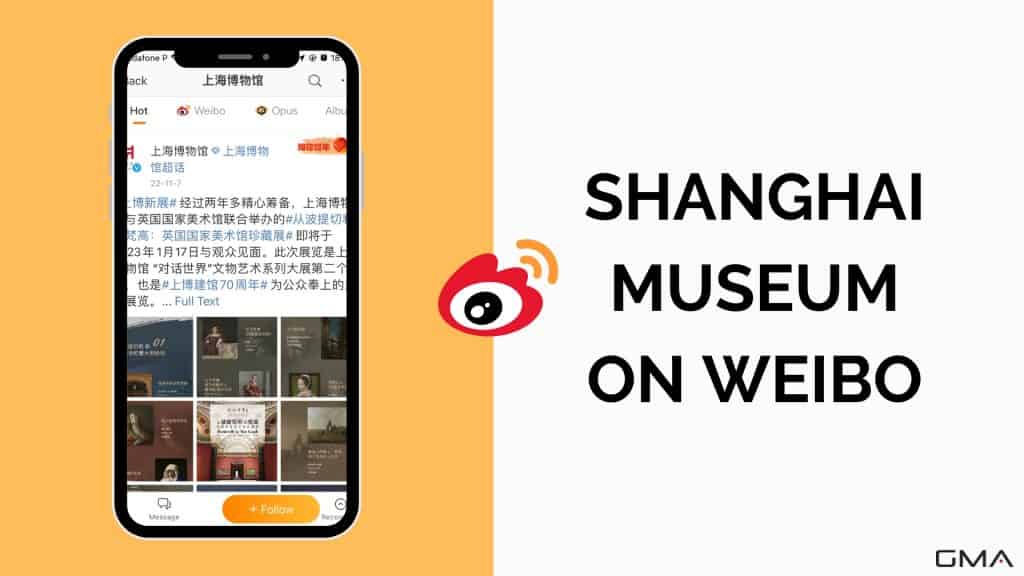
Apart from those two platforms essential for your success in the Chinese market, we also advise you to promote your museum on Xiaohongshu and Douyin. Xiaohongshu is often compared to Instagram, as it focuses on user-generated content. Their people check travel inspirations and travel influencers, you can also educate about your museum with the use of this platform.
Douyin is similar in terms of the topics of the content, but it’s a short-video platform. Chinese TikTok attracts a younger audience of rich Chinese from first and second-tier cities.
Adapt your museum to online devices and mobile payments
One of the most important parts is to adapt your museum to Chinese mobile users. It means that you should provide QR codes to all your social media and Chinese website so that visitors can have access to the materials provided for them.
WeChat is also a big help for museums marketing, as it allows for mini-program creation. Mini-programs in WeChat are like websites within the app, where you can show your museums’ collections, offer Mandarin guides (that will activate after purchasing the ticket), interactive maps of the museum, and more. You can also sell tickets through the app.
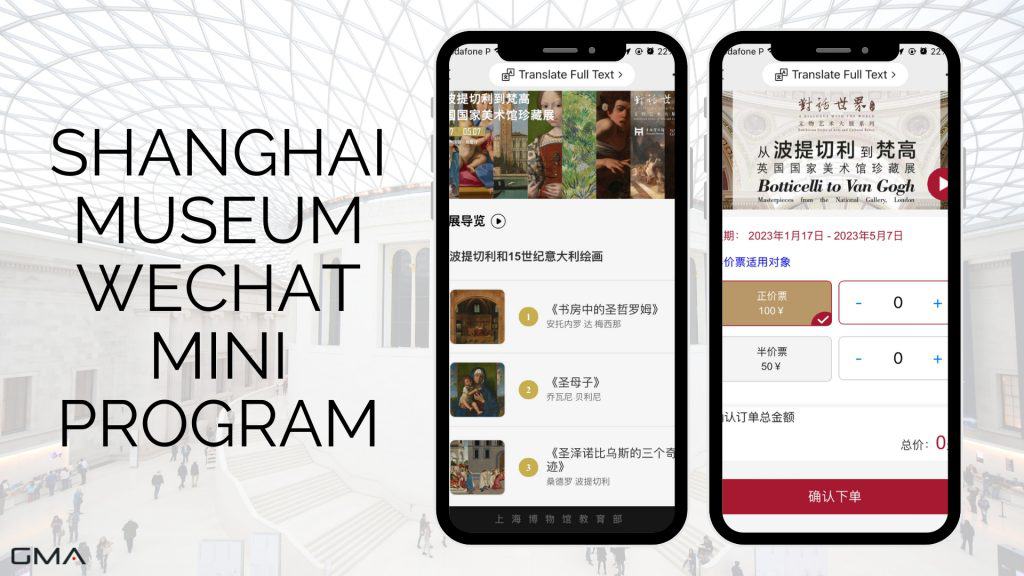
You can put QR codes in the museum, which will lead Chinese visitors to the relevant pages in the mini-program, offering a more immersive experience. In addition, you should use WeChat Pay (and Alipay) to accept payments in your museum, as it’s the main payment method in China.
Hire Mandarin-speaking staff
Hiring employees who can communicate with Chinese visitors in their native language is a huge benefit. When people understand each other’s language and culture, it paves the way for more in-depth communication and understanding. It’s also important to have Chinese-speaking tour guides available for all Chinese tour groups.
Provide maps and visual aids
Every guest enjoys having an understanding of where they will be going and what they will be doing and seeing. In order to send your message across to the visitors, visuals can help promote your message.

Offer interactive experiences and adapt to your audience
Interactive museums are a new trend around the world and Chinese travellers are also keen on such activity. Invite influencers for virtual tours around the museum, create quizzes and special events held online on Weibo or WeChat, and create some photo spots for visitors that would like to share their experience on social media.
Young Chinese tourists travelling abroad are looking for great experiences and they want to share them on their accounts, which is also the best way of marketing your museum.
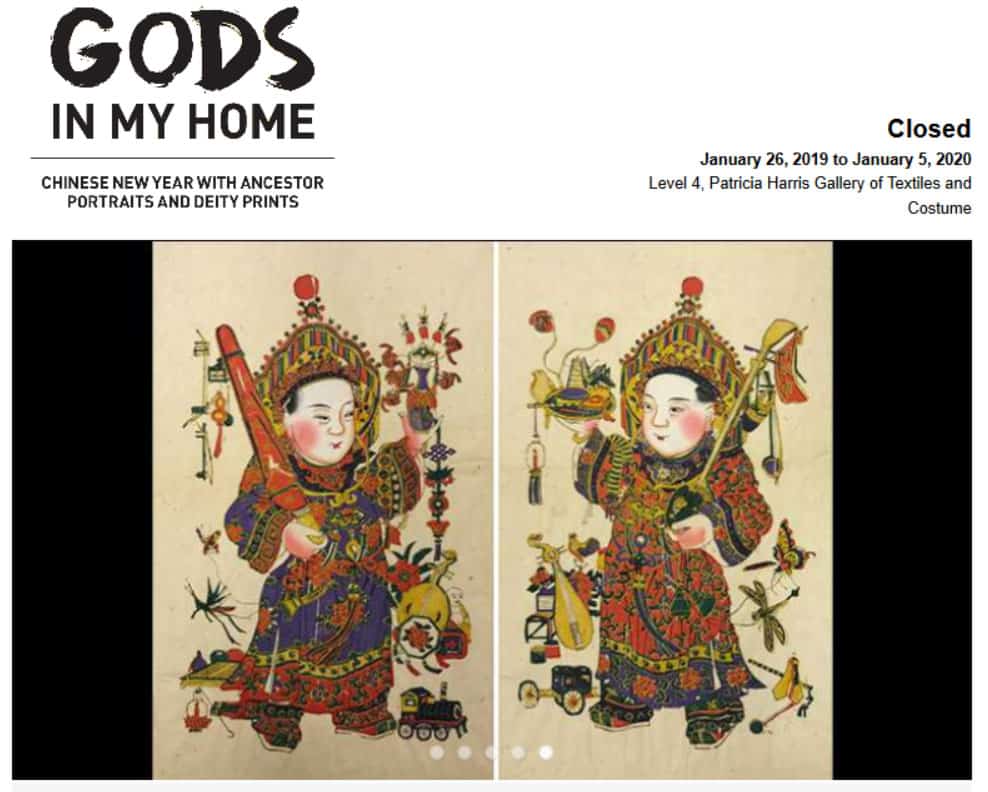
Our agency can help you to create and manage your museum marketing in China
At Gentlemen Marketing Agency we worked with many international businesses on their China marketing strategies. over 10 years we helped more than 600 brands succeed in the Chinese market.
As Chinese outbound tourism is coming back, we expect a wave of Chinese explorers, Chinese shoppers, but also Chinese museum enthusiasts in the upcoming months. Now it’s the best time to start your strategy for this audience and we can help you every step of the way.
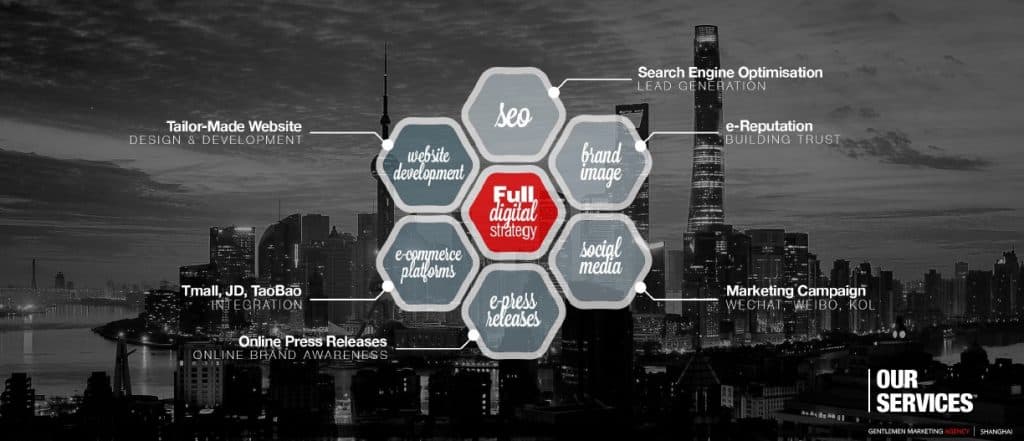
Don’t hesitate to leave us a comment or contact us if you’re interested in making your museum more Chinese-friendly. Let’s stay in touch!
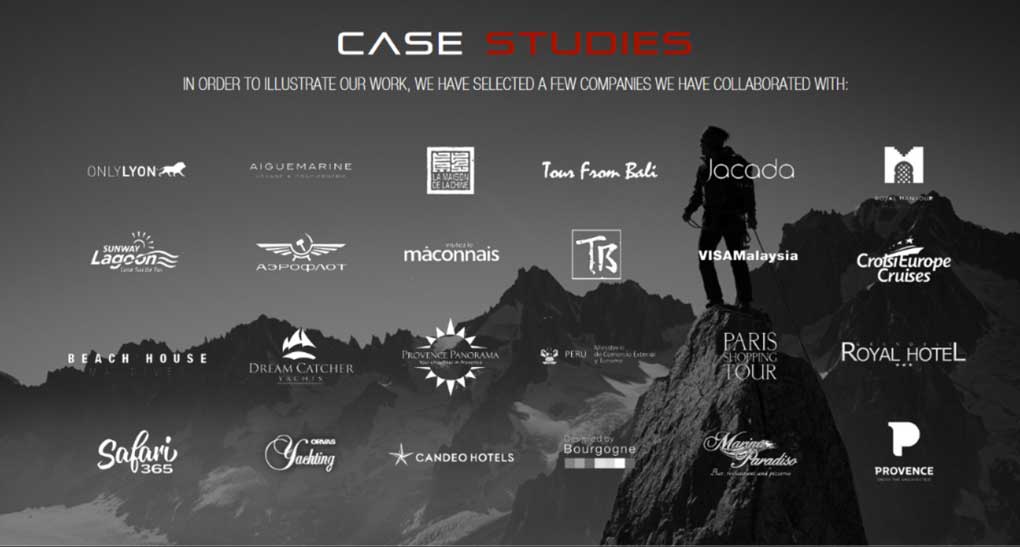





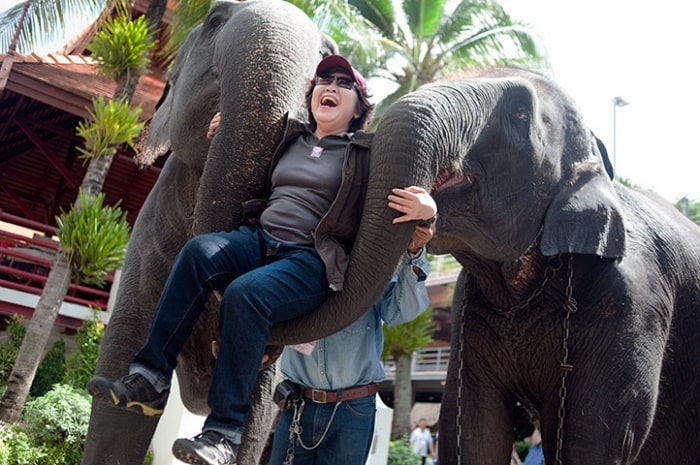
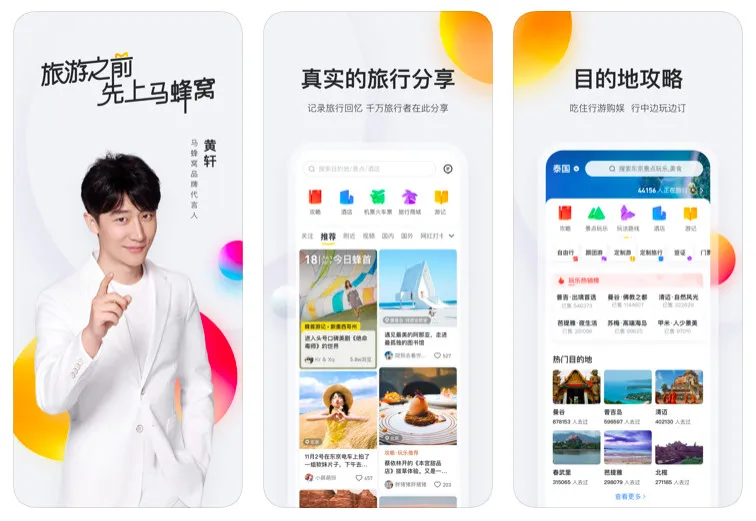
I want to market my old house it is like a museum.
http://www.homestayhikkaduwa is the web page.If any one willing to work with me as a partner he or she is welcome.
great article, enjoy the reading, really instructive.
Muséum are the key to attract high end, civilized Chinese Travelers.